Guaibasaurus candelariensis was the second dinosaur described for the Triassic of southern Brazil Since its description, it has been subject of controversy regarding its phylogenetic affinities No researcher questions the relationship of Guaibasaurus with Saurischia, but there is much disagreement regarding its position within the group†Guaibasaurus candelariensis Bonaparte et al 1999 (saurischian) Reptilia Saurischia Guaibasauridae PaleoDB taxon number Full reference J F Bonaparte, J Ferigolo, and A M Ribeiro 1999 A new early Late Triassic saurischian dinosaur from Rio Grande doGuaibasauridae is een familie van basale saurischian dinosaurussen , bekend uit de fossiele resten van late Trias periode formaties in Brazilië en Argentinië Classificatie De exacte samenstelling en classificatie van de Guaibasauridae blijft onzeker De familie werd oorspronkelijk door Jose Bonaparte en collega's in 1999 genoemd om één geslacht en soort te bevatten , Guaibasaurus

Skeletal Reconstruction Of Guaibasaurus Candelariensis A Preserved Download Scientific Diagram
Guaibasaurus candelariensis
Guaibasaurus candelariensis-Guaibasaurus candelariensis (Bonaparte et al, 1999;Guaibasaurus candelariensis Bonaparte et al, 1998 Elaf Guaibasaurus (sinif "lasär di Guaiba") äbinom dinosaur primöfik grupa Saurischia, kel älifon dü Triat Fösils onik pätuvons in limatat Rio Grande do Sul, Brasilän Äs el Herrerasaurus, dinosaur




Universo Racionalista Guaibasaurus Candelariensis Bonaparte Ferigolo Ribeiro 1999 Dinossauro De Pequeno Porte Aproximadamento 2 M Seus Restos Fossilizados Foram Encontrados Proximo A Cidade De Candelaria No Rio Grande Do Sul
Explore Guaibasaurus, a planteating small theropod in the Dinosaur Directory Opens in a new window Smart cookie preferences candelariensis Related Dinosaurs How dinosaurs evolved into birds The humble pigeon is a distant relative of the mighty T rex Guaibasaurus was first named by josé F Bonaparte, Jorge Ferigolo and Ana Maria Ribeiro, 1999 and species Type Guaibasaurus candelariensis The generic name is in honor of the "Rio Guaíba hydrographic basin" where the holotype was found in the framework of the project "PróGuaíba", a scientific program supporting research on fossils from the Triassic periodGlobal Biodiversity Information Facility Free and Open Access to Biodiversity Data
The basal dinosaur Guaibasaurus candelariensis Bonaparte, Ferigolo & Ribeiro, 1999 from the Late Triassic of south Brazil (Fig 1), has a short but confusing taxonomic history In the original description, Bonaparte et al (1999) regarded the taxon as a basal saurischian, more primitive than herrerasaurids, possibly theropod, and ancestral to sauropodomorphsFederico Agnolin & Agustín G Martinelli, 12, "Guaibasaurus candelariensis (Dinosauria, Saurischia) and the early origin of avianlike resting posture", Alcheringa An Australasian Journal of Palaeontology, 36(2)WikiZero Özgür Ansiklopedi Wikipedia Okumanın En Kolay Yolu
121 KB Guaibasaurus skeletalgif 5 × 235;Guaibasaurus is een uitgestorven geslacht van basale dinosauriërs bekend uit de Late Trias Caturrita Vorming van Rio Grande do Sul, ZuidBrazilië Het was mogelijk een basale theropode of sauropodomorf In 16 schatte Gregory SPaul het op 2 meter (6,6 ft) en 10 kg (22 lbs), terwijl MolinaPérez en Larramendi het in op 3 meter (10 ft) en 35 kg (77 lbs) vermelddenGuaibasaurus Guaibasaurus Temporal range Late Tr World Heritage Encyclopedia, the aggregation of the largest online encyclopedias available, and the




Guaibasaurus Candelariensis Manus A C Photographs And Outline Download Scientific Diagram




Caturrita Formation Wiki Thereaderwiki
Guaibasaurus candelariensis was the second dinosaur described for the Triassic of southern BrazilSince its description, it has been subject of controversy regarding its phylogenetic affinities No researcher questions the relationship of Guaibasaurus Guaibasaurus The comparison of the anatomy of a second incomplete skeleton of Guaibasaurus candelariensis to that of basal Saurischia suggests that the origin of the "Prosauropoda" was from unknown basal saurischians, after separating from theropods (except herrerasaurids)Guaibasaurus and Saturnalia are part of this early dichotomy, and they bearGuaibasaurus („jašter z Guaiba") bol primitívny plazopanvový dinosaurus, žijúci v období vrchného triasu (asi pred 227 až 2 miliónmi rokov) na území dnešného geoparku Paleorotta v Rio Grande do Sul () Tento dinosaurus mal na každej prednej končatine päť prstov, pričom dva z nich boli výrazne zakrpatené, rovnako ako u teropóda rodu Herrerasaurus



Dinoweb Guaibasaurus



Guaibasaurus Pictures Facts The Dinosaur Database
Fossilworks hosts query, analysis, and download functions used to access large paleontological data sets It presents taxonomic, distributional, and ecological data about the entire fossil record† Guaibasaurus candelariensis Bonaparte et al, 1999 Guaibasaurus is an extinct genus of basal dinosaur known from the Late Triassic Caturrita Formation of Rio Grande do Sul, southern Brazil It was possibly a basal theropod or sauropodomorphGuaibasaurus was originally named on the basis of the holotype, MCN PV2355, a wellpreserved partial postcranial skeleton and the paratype, MCN PV2356, an articulated and nearly complete left hindlimb, which were discovered in the "Sesmaria do Pinhal 2" locality near Candelária, Rio Grande do Sul, in Brazil, in the geopark of Paleorrota Later, two additional specimens were referred to G



Dinosauricon G Tsjok S Blog



Guaibasaurus Pictures Facts The Dinosaur Database
Late Triassic) is known from an articulated skeleton lacking a neck and skullOriginally considered a basal theropod, later studies allied it with basal sauropodomorphs Here this specimen nests as a basal theropod in a rarely studied clade between Segisaurus and MarasuchusA pellvis with a tall ilium and long pubisA new specimen of Guaibasaurus candelariensis (basal Saurischia) from the Late Triassic Caturrita Formation of southern Brazil Historical Biology 19 73– DOI /The most enigmatic of the saurischian taxa is, however, Guaibasaurus candelariensis, previously regarded as either a basal theropod or a basal sauropodomorph This study provides a detailed anatomical revision of all specimens originally referred to G candelariensis by Bonaparte and coauthors, including its typeseries and a more recently excavated partial postcranium
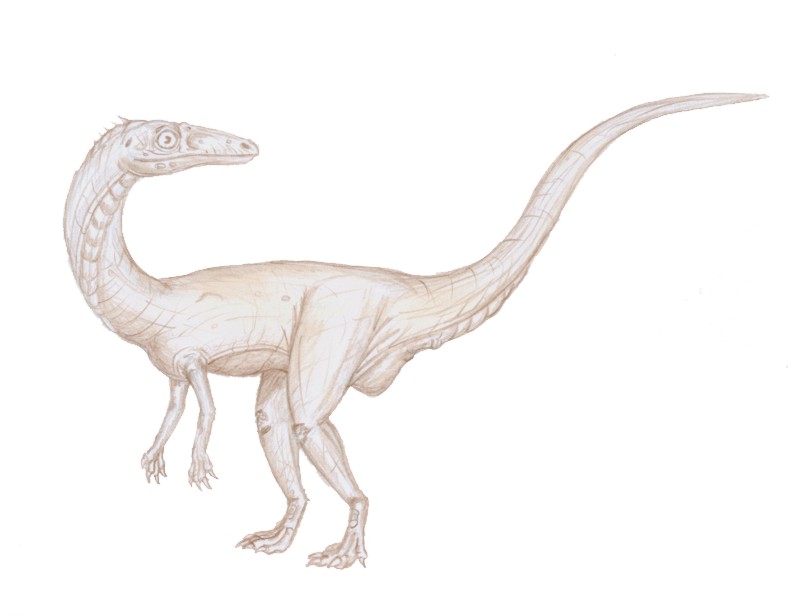



Guaibasaurus Candelariensis By Maniraptora On Deviantart




Guaibasaurus Candelariensis Ufrgs Pv 0725t A Right Ilium And Its Download Scientific Diagram
Guaibasauridae is a family of basal saurischian dinosaurs, known from fossil remains of late Triassic period formations in Brazil and Argentina Guaibasauridae WikiMili, The Free Encyclopedia WikiMili, The Free EncyclopediaGuaibasaurus candelariensis was a dinosaur that lived during the Late Triassic (Norian) Period A saurischian of some sort, apparently more primitive than Herrerasaurus and Staurikosaurus Remains of Guaibasaurus were discovered in Rio Grande do Sul, BrazilGuaibasaurus candelariensis (AC) left scapulocoracoid of MCN PV2355 scapula in lateral (A) and (B) medial views, photographs and outline drawings;



Guaibasaurus Pictures Facts The Dinosaur Database



What Is Guaibasauridae
Вона містила один рід і один вид — Guaibasaurus candelariensis, і була спочатку зарахована до групи тероподів Після другого знайденого зразка Guaibasaurus він був описаний більш детально в 07 р, щоGuaibasaurus is een geslacht van saurischische dinosauriërs dat tijdens het late Trias leefde in het gebied van het huidige Brazilië De typesoort is Guaibasaurus candelariensisGuaibasaurus candelariensis Bonaparte et al, 1999 Guaibasaurus is an extinct genus of basal dinosaur known from the Triassic of Rio Grande do Sul, southern Brazil 1 Discovery Replica of Guaibasaurus at the Museum Aristides Carlos Rodrigues, in Paleorrota geopark Guaibasaurus
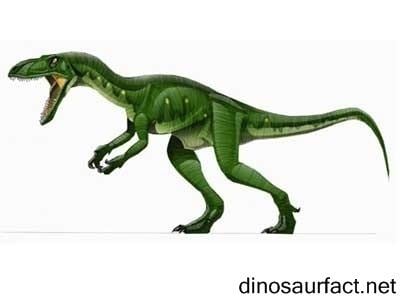



Guaibasaurus Alchetron The Free Social Encyclopedia




Guaibasaurus Candelariensis A C Left Scapulocoracoid Of Mcn Pv2355 Download Scientific Diagram
Guaibasaurus candelariensis Bonaparte et al, 1999 Některá data mohou pocházet z datové položky Guaibasaurus („ještěr od řeky Rio Guaiba") byl bazálním plazopánvým dinosaurem, žijícím v období svrchního triasu (asi před 221 až 210 miliony let) na území dnešního Geoparku Paleorotta v Rio Grande do Sul (07) A new specimen of Guaibasaurus candelariensis (basal Saurischia) from the Late Triassic Caturrita Formation of southern Brazil Historical Biology Vol 19, Early Dinosaur Evolution, pp 73 Guaibasaurus candelariensis Source thewoodparable Name Guaibasaurus candelariensis Name Meaning Guaíba Lizard First Described 1999 Described By Bonaparte et al Classification Dinosauria,
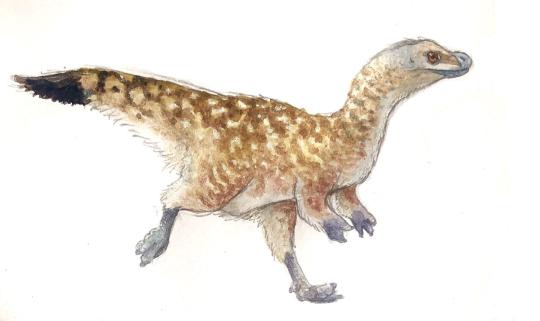



A Dinosaur A Day Saturnalia Tupiniquim



1
Guaibasaurus candelariensis lt;p>TemplateSpeciesbox Guaibasaurus is an extinct genus of basal dinosaur know World Heritage Encyclopedia, theEra um dinossauro teropode onivoro que viveu aproximadamente 216 á 212 milhões de anos no triassico131 MB Guaibasaurus NTjpg 709 × 547;




Skeletal Reconstruction Of Guaibasaurus Candelariensis A Preserved Download Scientific Diagram




Guaibasaurus Wikiwand
Guaibasaurus was first named by José F Bonaparte, Jorge Ferigolo and Ana Maria Ribeiro in 1999 and the type species is Guaibasaurus candelariensis The generic name is named after the "Rio Guaíba Hydrographic Basin" where the holotype was found as a part of the "PrόGuaíba Project", a scientific program supporting research on fossils from the Triassic periodTerms and keywords related to Candelariensis Guaibasaurus JachaleriaA second specimen of Guaibasaurus candelariensis is The Guaibasaurus femur has important morpho based on the morphology and proportions of both the logical differences with those of "prosauropods" like centra and neural arches of dorsal and caudal vertebrae, Riojasaurus or Plateosaurus, such as the higher position on the similar morphology of the scapula and coracoid,




Guaibasaurus Alchetron The Free Social Encyclopedia




Dinosauricon G Tsjok S Blog
Guaibasaurus candelariensis (Dinosauria, Saurischia) and the early origin of avianlike resting posture Alcheringa, 1–5 ISSN A specimen of the basal saurisquian GuaibasaurusA reassessment of the basal dinosaur Guaibasaurus candelariensis, from the Late Triassic Caturrita Formation of south Brazil Max C Langer 1*, Jonathas S Bittencourt and Cesar L Schultz2 1 Departamento de Biologia, FFCLRPUSP, Av Bandeirantes 3900, Ribeira˜o Preto, Brazil Email mclanger@ffclrpuspbr;Media in category " Guaibasaurus " The following 9 files are in this category, out of 9 total Guaibasaurus candelariensispng 8,293 × 2,841;
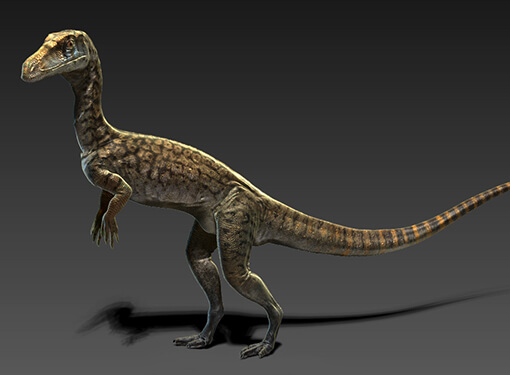



Guaibassauro Guaibasaurus Candelariensis Atlas Virtual Da Pre Historia




Guaibasaurus Wikipedia
Guaibasaurus candelariensis from the late Triassic of Brazil A Saurischian of some sort, apparently more primitive than Herrerasaurus and StaurikosaurusIt is known from two incomplete skeletons The reconstruction of the head is hypothetical as no skull has been foundAgnolin, F & Martinelli, AG, June 12 Guaibasaurus candelariensis (Dinosauria, Saurischia) and the early origin of avianlike resting posture Alcheringa 36, 263–267 ISSN A specimen of the basal saurisquian Guaibasaurus candelariensis Bonaparte, Ferigolo and Ribeiro (UFRGSPV0725T) from the Faxinal do Soturno locality, Rio Grande do Sul State, Brazil (CaturritaA new specimen of Guaibasaurus candelariensis (basal Saurischia) from the Late Triassic Caturrita Formation of southern Brazil Historical Biology 19 73– DOI /
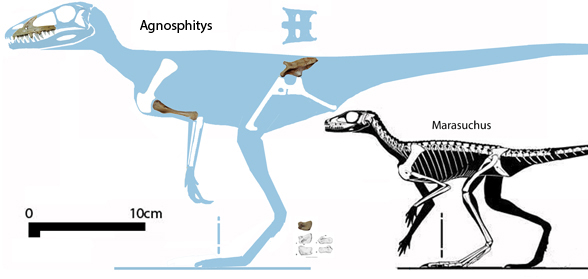



Marasuchus Guaibasaurus And Agnosphitys
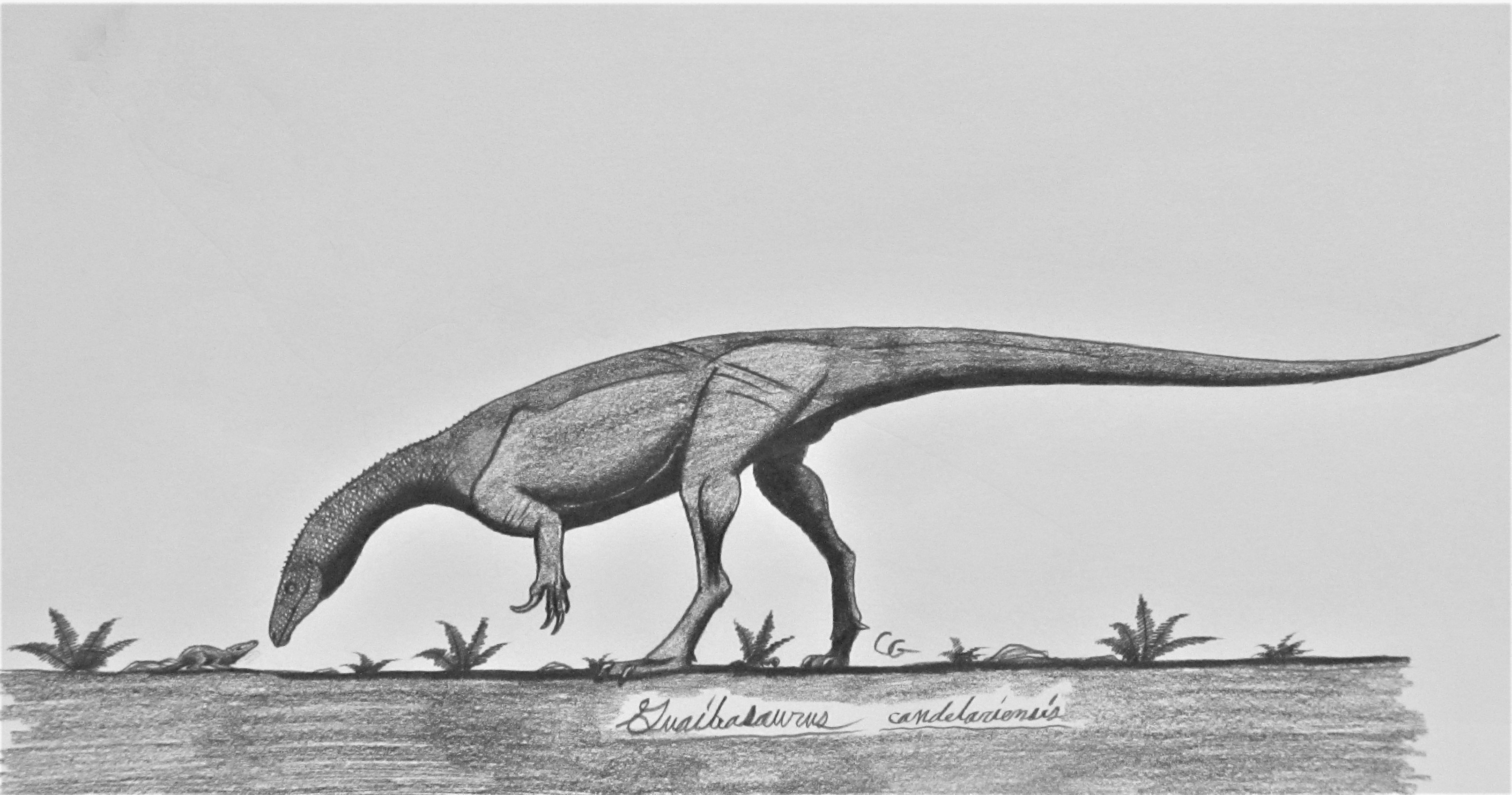



Guaibasaurus Candelariensis By Acrosaurotaurus On Deviantart




Skeletal Reconstruction Of Guaibasaurus Candelariensis A Preserved Download Scientific Diagram




Dinosauricon G Tsjok S Blog
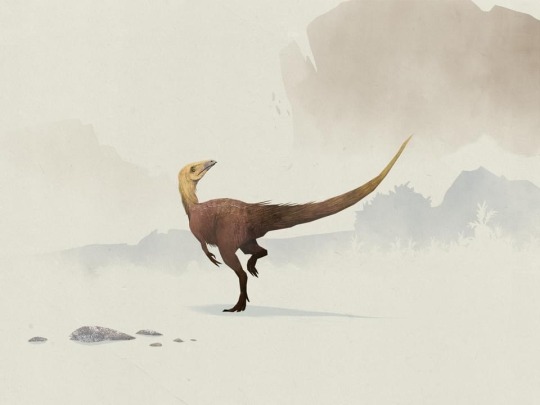



Stavrosskundromichalis Tumblr Blog Tumgir



1




The Origin And Early Evolution Of Dinosaurs Langer 10 Biological Reviews Wiley Online Library




Scielo Brasil A Dinosaur Ilium From The Late Triassic Of Brazil With Comments On Key Character Supporting Saturnaliinae A Dinosaur Ilium From The Late Triassic Of Brazil With Comments On Key Character




Guaibasaurus Instagram Posts Photos And Videos Picuki Com
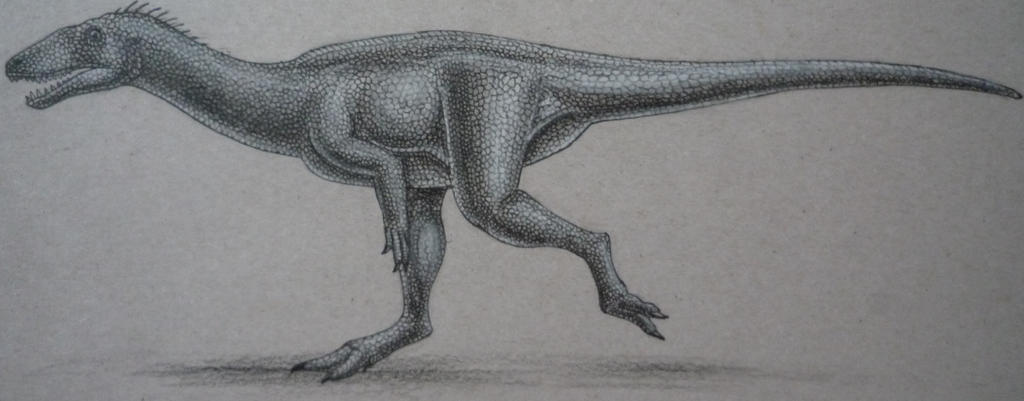



Guaibasaurus Candelariensis By Spinosaurus1915 On Deviantart
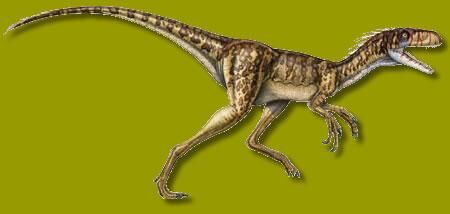



Eotyrannus Dinosaur Wiki Fandom




Guaibasaurus Dinosaurs Youtube




Guaibasaurus Candelariensis Mcn Pv2355 Vertebrae A B Isolated Download Scientific Diagram
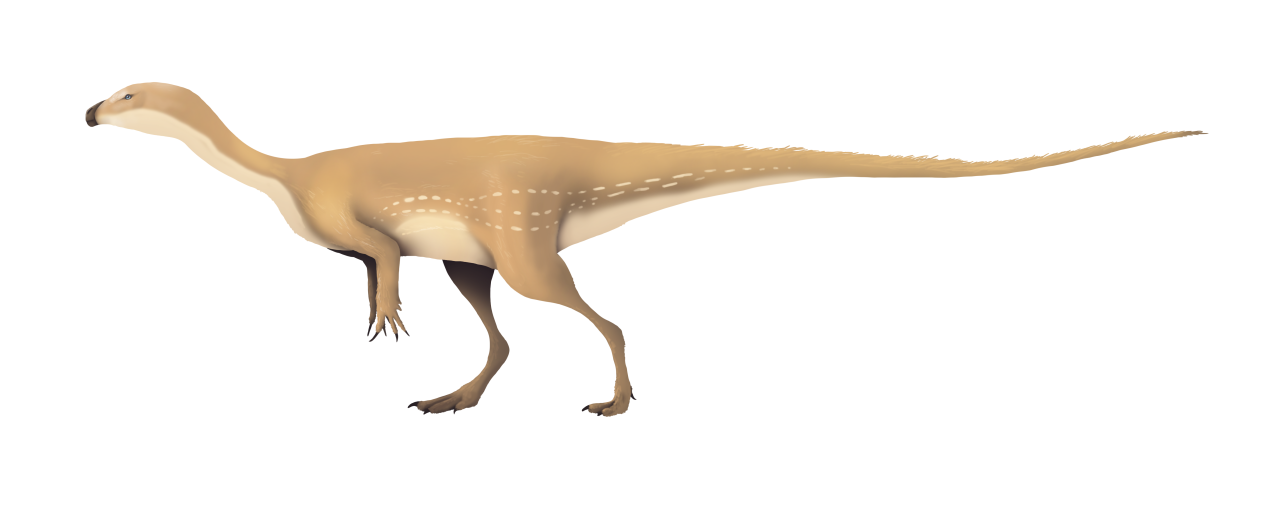



Pretty Terrible At Being Lizards Guaibasaurus Candelariensis



Liliensternus



Guaibasaurus Pictures Facts The Dinosaur Database




Guaibasaurus Candelariensis Ufrgs Pv 0725t Posterior Dorsal Vertebra Download Scientific Diagram



Guaibasaurus Pictures Facts The Dinosaur Database




Conheca As 21 Especies De Dinossauros Do Brasil Estadao Com Br Dinossauros Pre Historia Animais Pre Historicos




Guaibasaurus Dinossauros E Afins
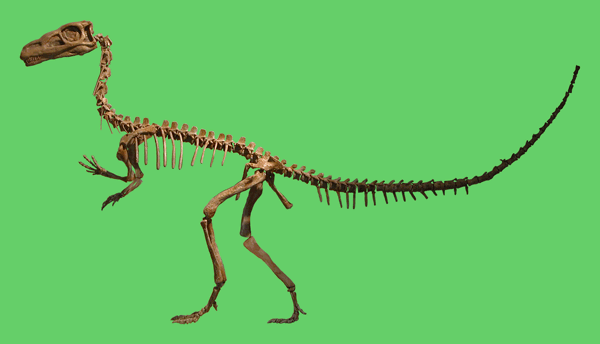



Guaibasaurus Primal Rift




Saurischia Meat Might And Magnitude Part Iii Dinosaurs




Dinossauros Do Brasil Colecionadores De Ossos Facebook
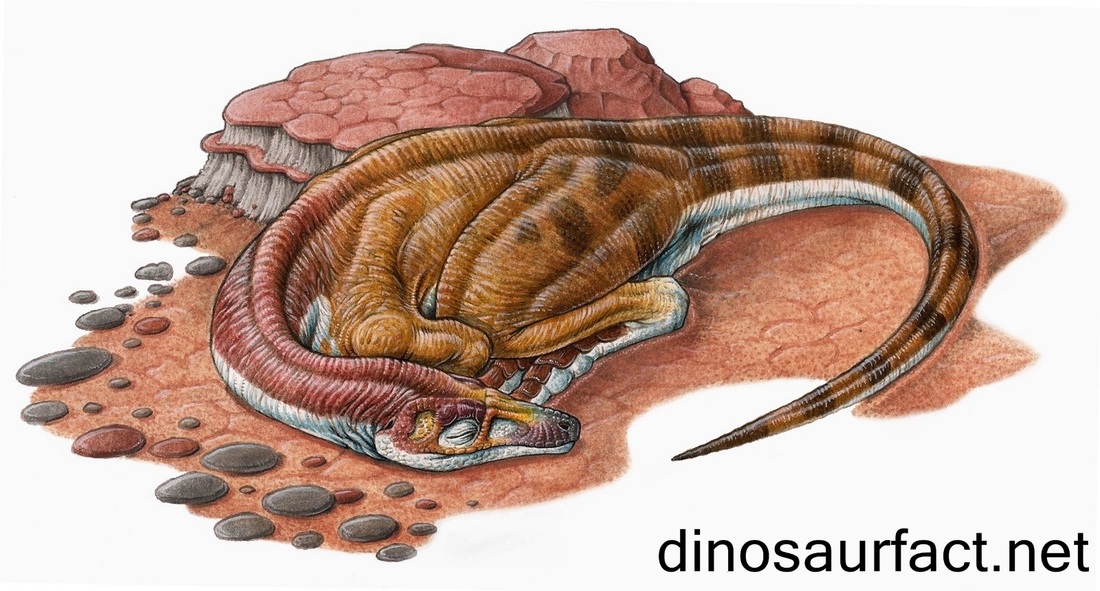



Guaibasaurus Primal Rift




Guaibasaurus Natural History Museum




Universo Racionalista Guaibasaurus Candelariensis Bonaparte Ferigolo Ribeiro 1999 Dinossauro De Pequeno Porte Aproximadamento 2 M Seus Restos Fossilizados Foram Encontrados Proximo A Cidade De Candelaria No Rio Grande Do Sul
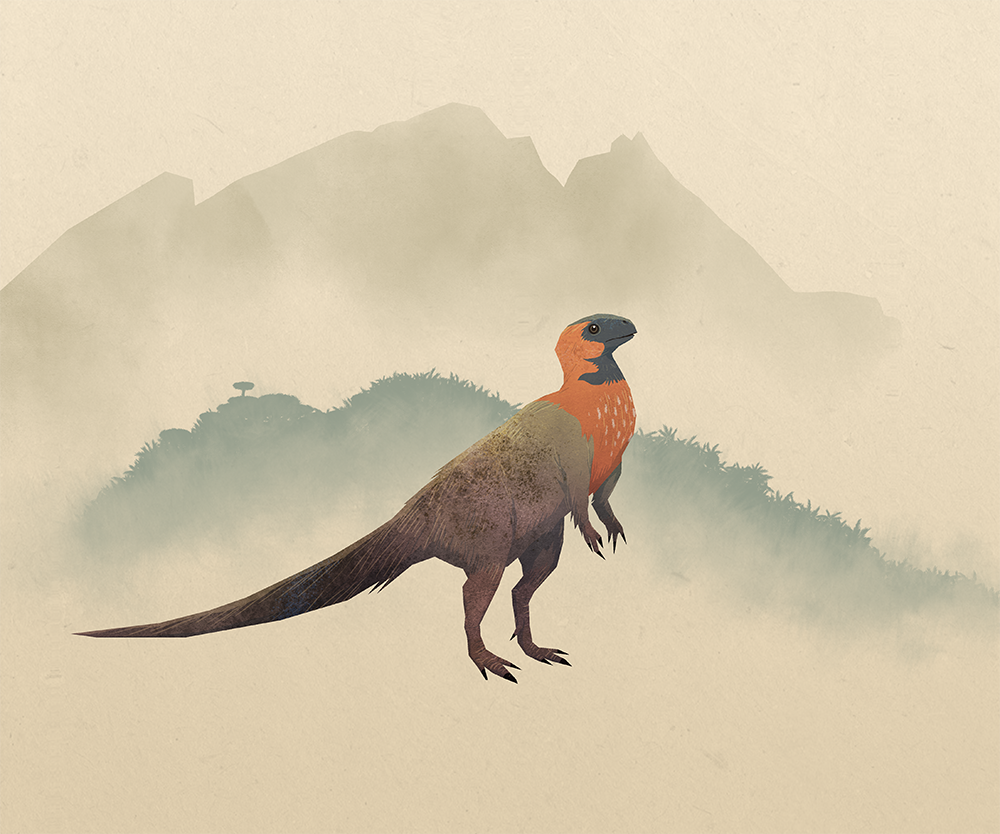



Stavros Illustration Guaibasaurus Candelariensis Was A Basal Dinosaur



Untitled Document




Guaibasaurus Candelariensis Ufrgs Pv 0725t Reconstruction Of The Download Scientific Diagram




4º Paleodia Exposicao De Ilustracoes De Animais E Ou Plantas Pre Historicas Do Rio Grande Do Sul Cappa Ufsm Pre




Guaibasaurus Wikiwand
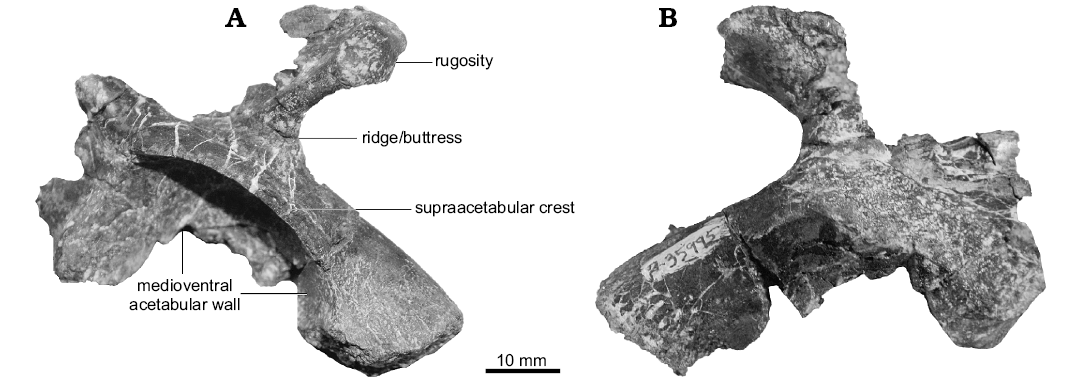



App




Pretty Terrible At Being Lizards Guaibasaurus Candelariensis
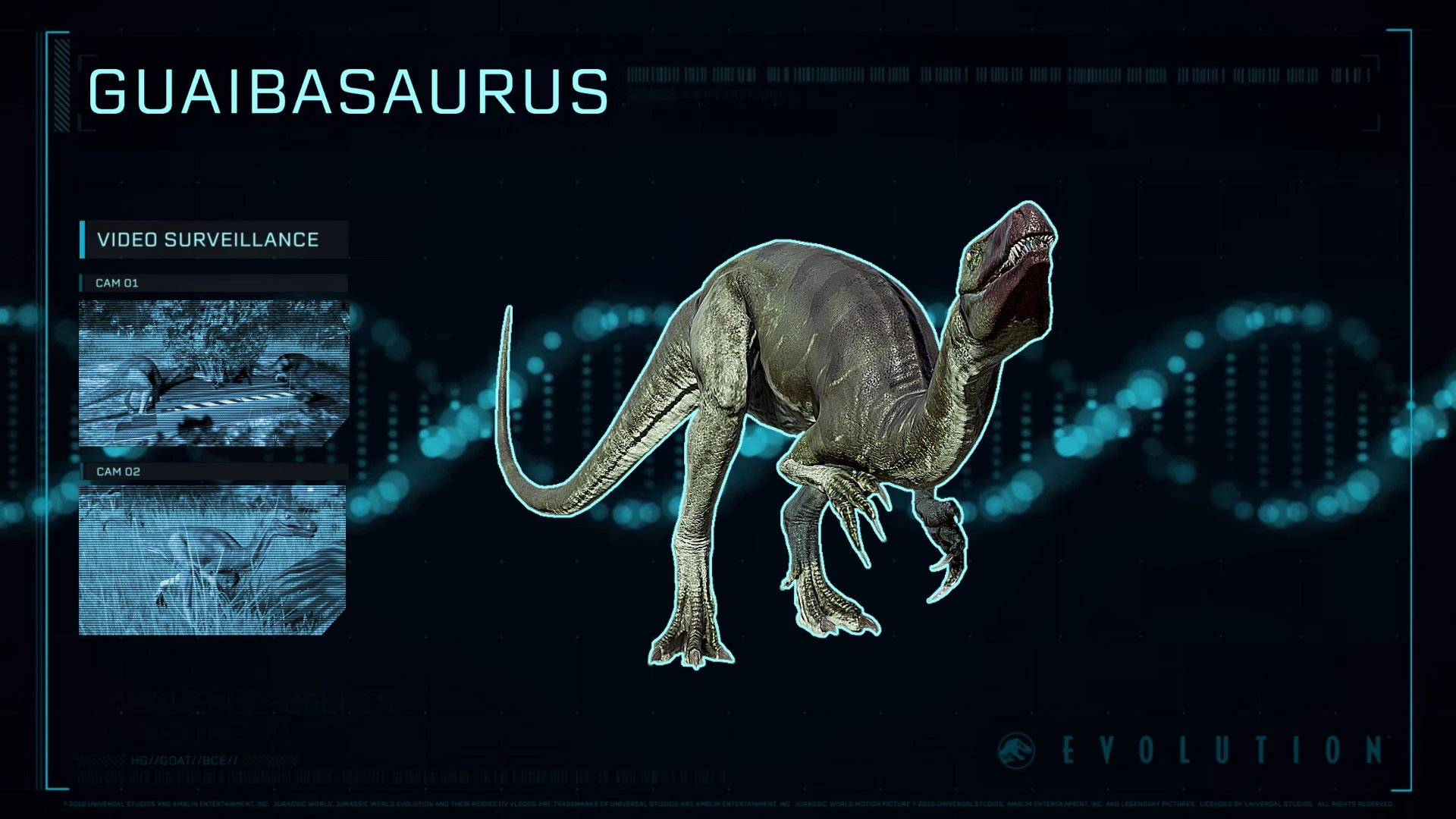



New Species Reveal Guaibasaurus Candelariensis At Jurassic World Evolution Nexus Mods And Community



Pretty Terrible At Being Lizards Guaibasaurus Candelariensis




File Guaibasaurus Skeletal Gif Wikimedia Commons



Guaibasaurus Dinosaur




Bestand Staurikosaurus Skeletal Jpg Wikipedia




Poster Guaibasaurus Candelariensis Stavros Illustration




Guaibasaurus Candelariensis Manus A C Photographs And Outline Download Scientific Diagram




Guaibasaurus Wikiwand
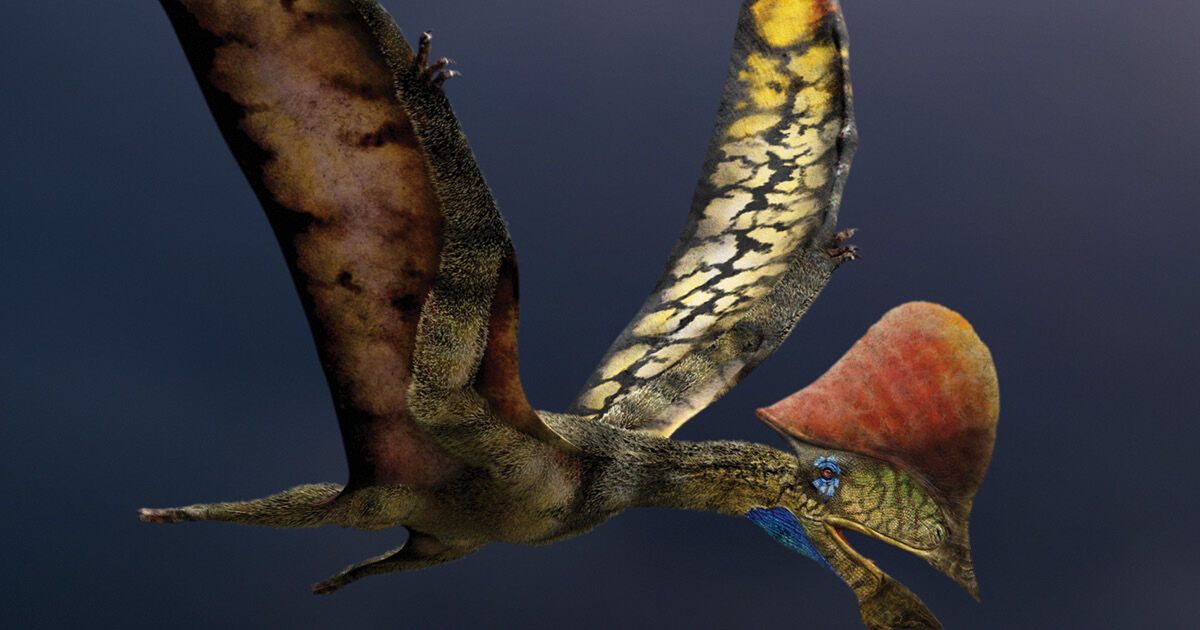



The Ruins Of Rare Stones Revista Pesquisa Fapesp
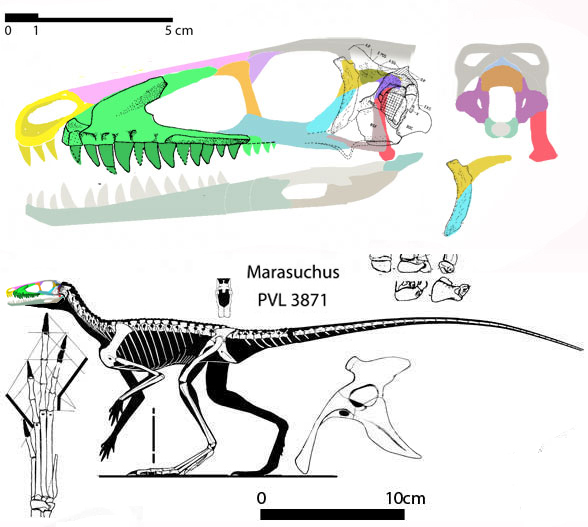



Marasuchus Guaibasaurus And Agnosphitys
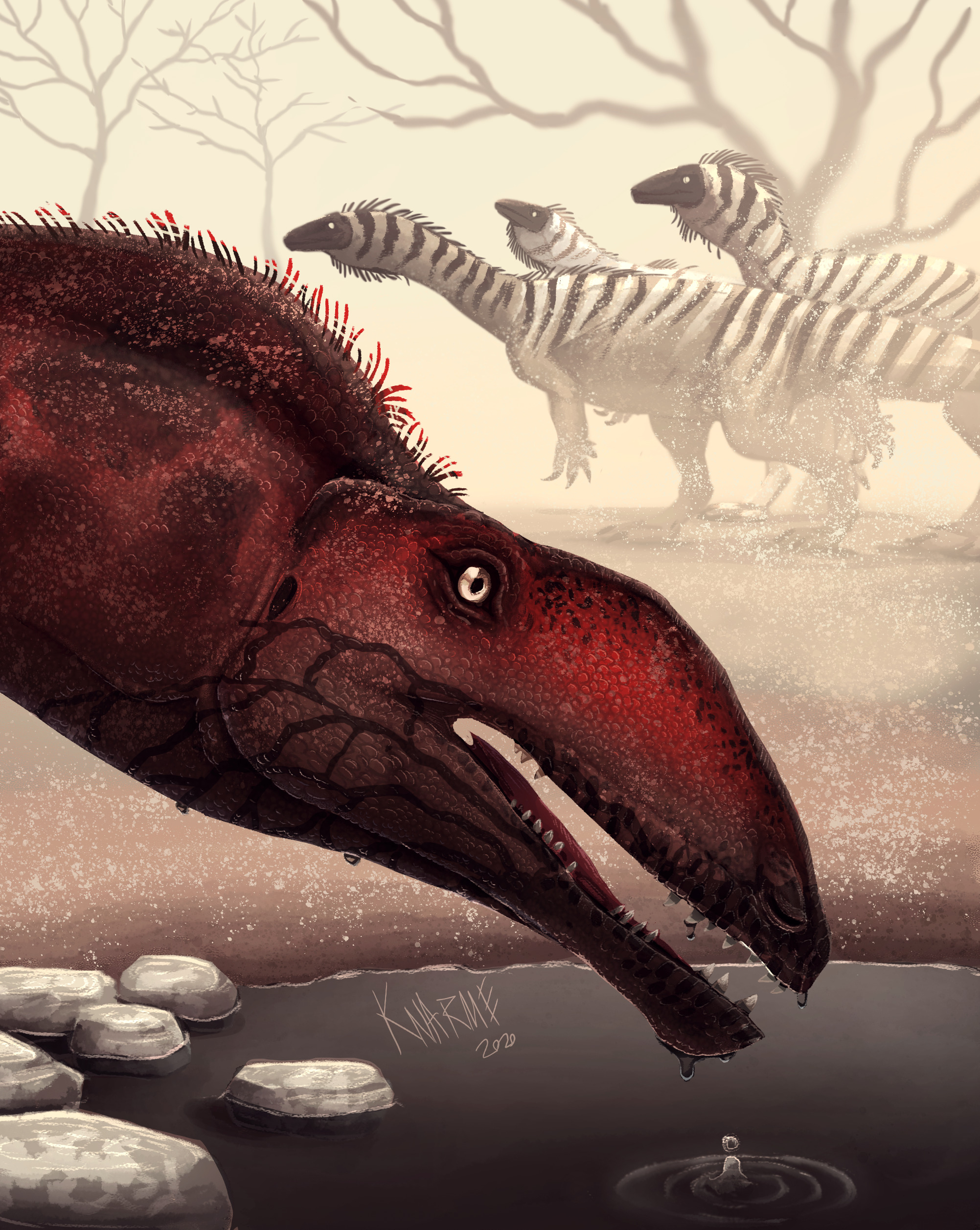



Sauropodomorph Explore Tumblr Posts And Blogs Tumgir




Triassic Faunal Successions Of The Parana Basin Southern Brazil Sciencedirect




File Guaibasaurus Candelariensis Png Wikimedia Commons
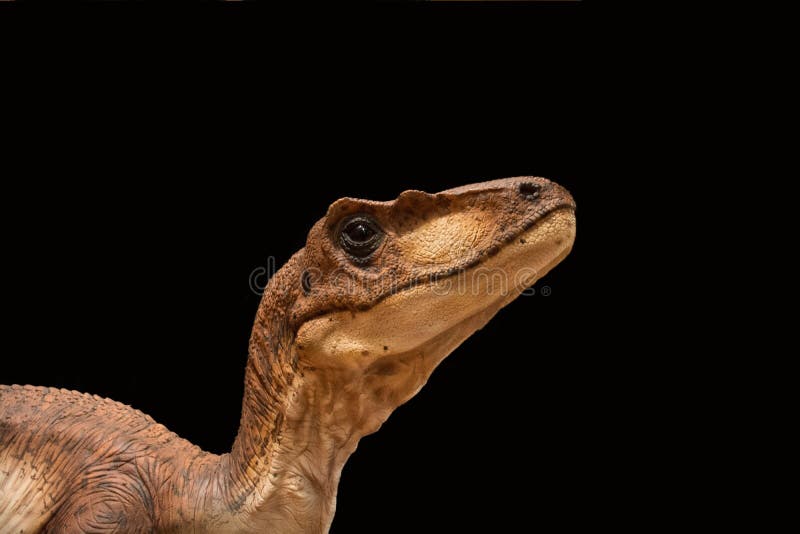



Portrait Of A Dinosaur Called Velociraptor On Black Background Stock Photo Image Of Biology Black
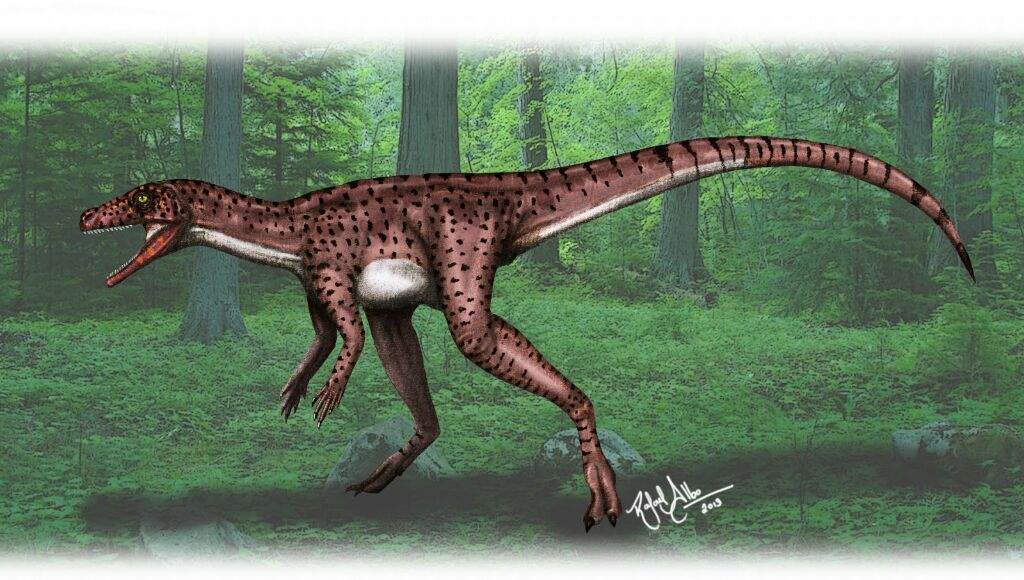



Guaibassauro Informacoes Sobre Dino World Br Pt Amino




Dinosauricon G Tsjok S Blog




Staurikosaurus Tumblr Posts Tumbral Com




Stavros Illustration Posts Facebook




Scielo Brasil A Dinosaur Ilium From The Late Triassic Of Brazil With Comments On Key Character Supporting Saturnaliinae A Dinosaur Ilium From The Late Triassic Of Brazil With Comments On Key Character




Stavros Illustration Posts Facebook



Full Article Basal Sauropodomorphs From The Ischigualasto Formation



Dinoweb Guaibasaurus




Palaeocritti Blog Guaibasaurus Candelariensis




Guaibasauridae Instagram Posts Photos And Videos Picuki Com




Poster Guaibasaurus Candelariensis Stavros Illustration
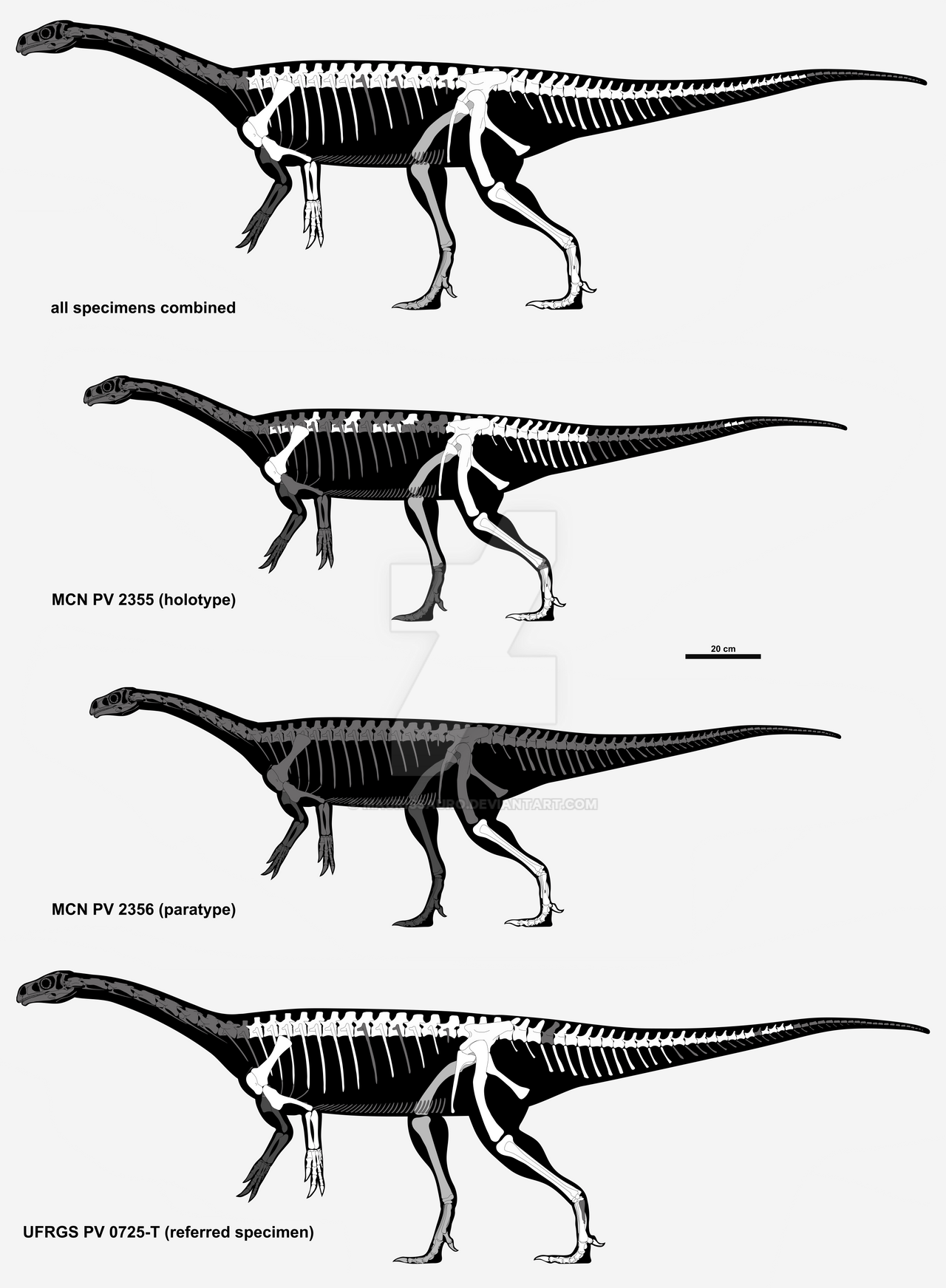



Guaibasaurus Candelariensis By Maurissauro On Deviantart
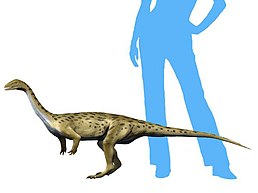



Saturnaliinae Czech Wikipedia




Triassic Faunal Successions Of The Parana Basin Southern Brazil Sciencedirect
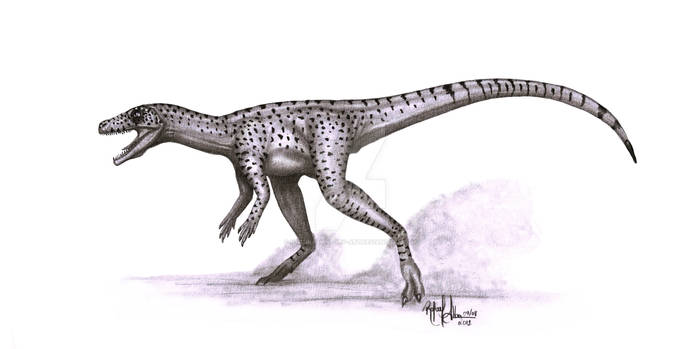



Naturalhistory Art Hobbyist Traditional Artist Deviantart




Guaibasaurus Instagram Posts Photos And Videos Picuki Com




Guaibasaurus Candelariensis Ezequiel Vera Flickr




File Bagualosaurus Agudoensis Png Wikimedia Commons




Guaibasaurus Candelariensis Ezequiel Vera Flickr



Untitled Document
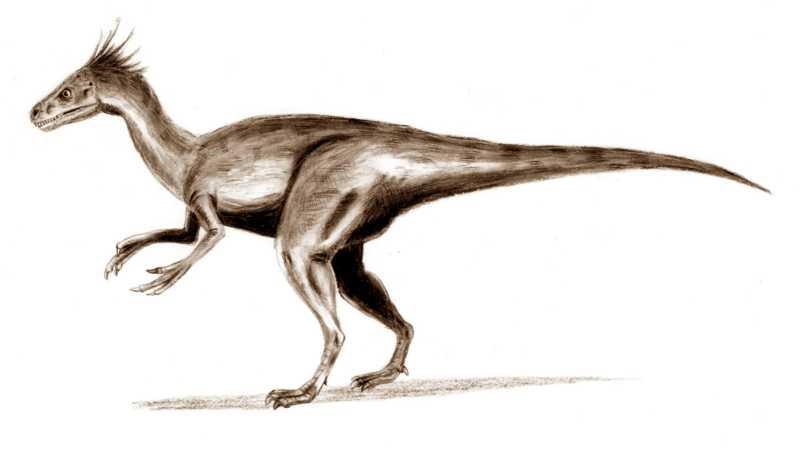



Dinosaurs Of Ecuador Fossil Wiki Fandom




Guaibasaurus Candelariensis Ufrgs Pv 0725t Partial Articulated Download Scientific Diagram




Unaysaurus Alchetron The Free Social Encyclopedia
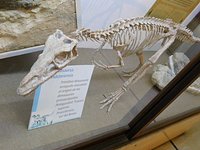



Museo Argentino De Ciencias Naturales Bernardino Rivadavia Buenos Aires 21 Alles Wat U Moet Weten Voordat Je Gaat Tripadvisor




Guaibasaurus Wikiwand
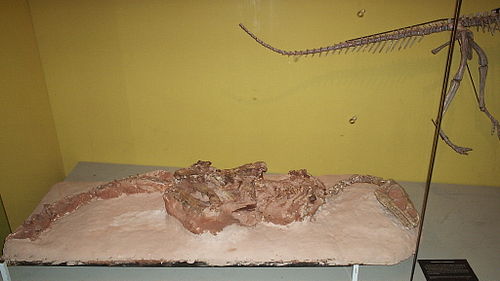



Guaibasaurus Wikiwand




Guaibassauro Wikipedia A Enciclopedia Livre




Poster Guaibasaurus Candelariensis Stavros Illustration




Granada Spain June 17 Stock Footage Video 100 Royalty Free Shutterstock



Dinossauros Brasileiros




Pdf Guaibasaurus Candelariensis Dinosauria Saurischia And The Early Origin Of Avian Like Resting Posture Agustin Martinelli Academia Edu




Saturnalia Tupiniquim Palaeocritti A Guide To Prehistoric Animals




Pin Op Dinosaurs Skeleton And Skulls




Guaibasaurus Candelariensis Wall Clock By Stavros Svensson Kundromichalis Society6




Poster Guaibasaurus Candelariensis Stavros Illustration



1
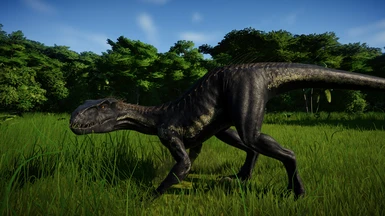



Random At Jurassic World Evolution Nexus Mods And Community



0 件のコメント:
コメントを投稿